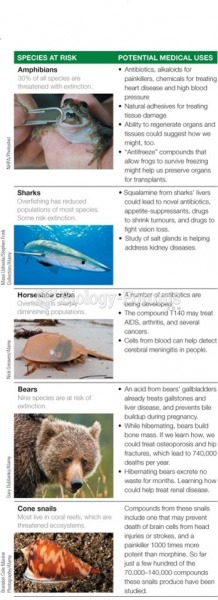Answer to Question 1
1, 3
Explanation:
1. Dyslexia is the medical term indicating problems with reading, writing, and spelling. This indicates the child may be experiencing a learning disability.
2. Dysphagia is a medical term indicating problems with swallowing. This would not indicate the child is experiencing a learning disability.
3. Dyspraxia is the medical term indicating problems with manual dexterity and coordination. This indicates the child may be experiencing a learning disability.
4. Scoliosis is curvature of the spine. This does not indicate the child may be experiencing a learning disability; however, this is often associated with Down syndrome.
5. Hypotonia is decreased muscle tone. This does not indicate the child may be experiencing a learning disability; however, this is often associated with Fragile X syndrome.
Answer to Question 2
2
Explanation:
1. There have been limited data to date showing a positive correlation to putting a baby to sleep with a bottle and increased risk of aspiration.
2. Infants should not be put to bed with a bottle as this increases the risk for developing dental caries.
3. The primary concerns related to putting an infant to bed with a bottle are dental caries and otitis media. Poor dental alignment is not a significant problem.
4. Sleeping disorders have not been found to be related to letting an infant go to sleep with a bottle.







